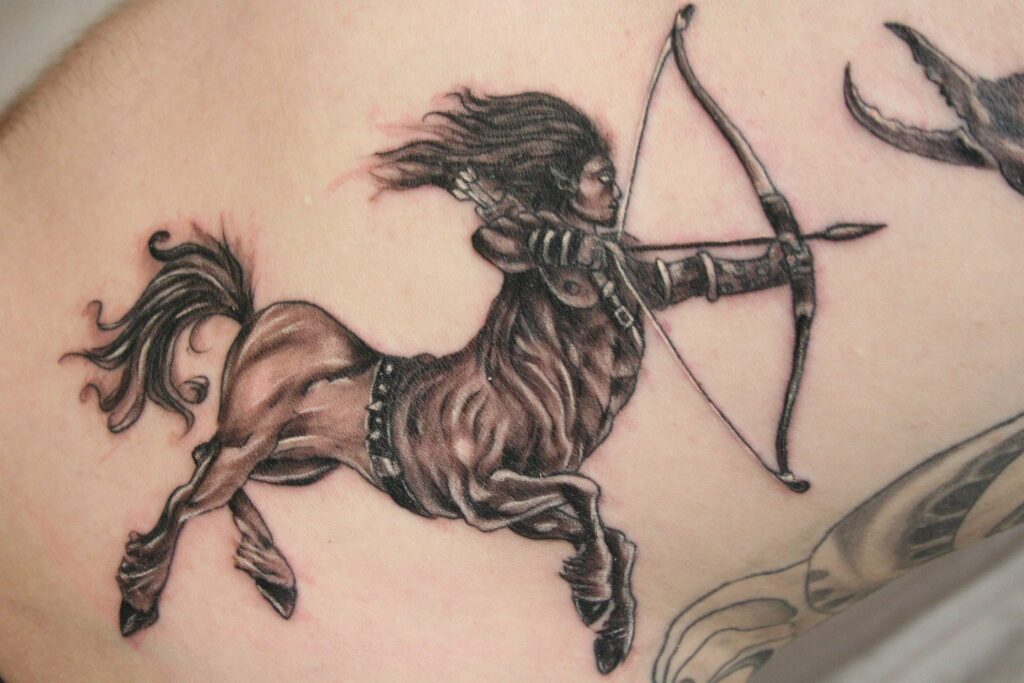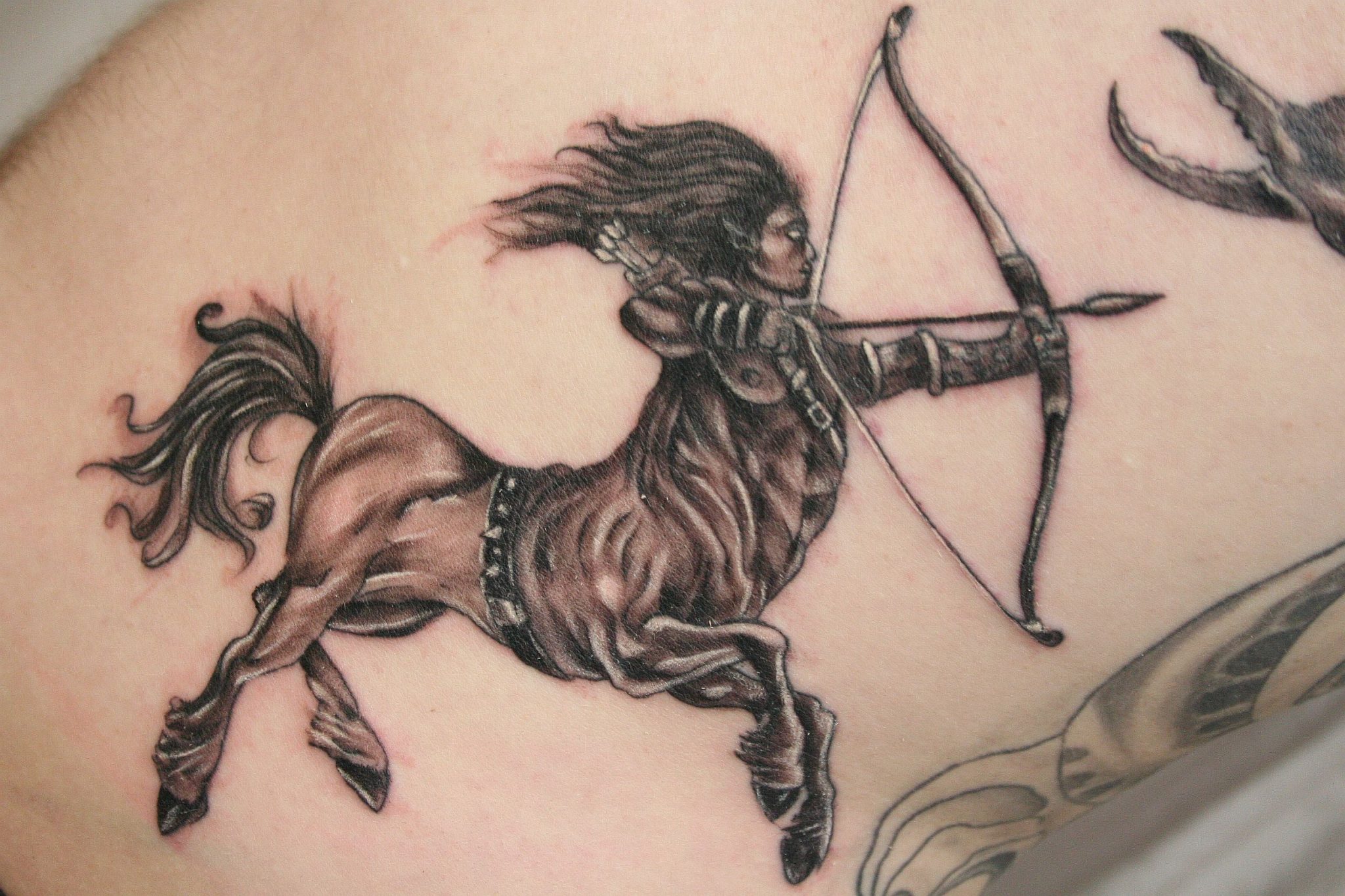
The Definitive Guide to the Best Indian Tattoo Designs: Symbolism, Styles, and Placement
Indian tattoo designs are steeped in rich cultural history, spiritual symbolism, and artistic expression. From intricate mehndi-inspired patterns to powerful depictions of deities and sacred animals, these tattoos offer a unique way to connect with India’s diverse heritage. This comprehensive guide explores the best Indian tattoo designs, delving into their meanings, popular styles, and optimal placement options, ensuring you make an informed and meaningful choice for your body art. Choosing the right Indian tattoo designs requires careful consideration of both aesthetics and symbolism. Let’s dive in.
Understanding the Significance of Indian Tattoos
Before exploring specific designs, it’s crucial to understand the cultural context of Indian tattoo designs. Traditional tattoos in India, often referred to as ‘Godna,’ were historically used for various purposes, including marking tribal affiliations, signifying rites of passage, providing medicinal benefits, and even enhancing beauty. Many designs are rooted in Hinduism, Buddhism, and Jainism, each carrying profound philosophical and spiritual meanings.
Symbolism and Meaning
Indian tattoo designs are not merely decorative; they are powerful symbols laden with meaning. Common motifs include:
- Deities (Gods and Goddesses): Representing specific powers, virtues, and aspects of the divine. Examples include Ganesha (remover of obstacles), Lakshmi (goddess of wealth and prosperity), and Shiva (the destroyer and transformer).
- Sacred Animals: Animals like the elephant (representing wisdom and royalty), the cow (symbolizing abundance and motherhood), and the peacock (representing beauty and immortality) hold significant spiritual value.
- Geometric Patterns: Intricate geometric designs, often inspired by mandalas and yantras, symbolize cosmic order, balance, and harmony.
- Floral Motifs: Lotus flowers (representing purity and enlightenment), and other floral patterns, evoke beauty, growth, and spiritual awakening.
- Mantras and Sacred Syllables: Inscriptions of mantras like ‘Om’ or sacred verses from scriptures carry potent spiritual energy.
Popular Styles of Indian Tattoo Designs
The world of Indian tattoo designs offers a diverse range of styles, each with its unique aesthetic and cultural origins. Here are some of the most popular:
Mehndi-Inspired Tattoos
Mehndi, also known as henna, is a traditional form of body art in India, particularly popular during weddings and festivals. Mehndi-inspired tattoos capture the intricate patterns and delicate linework of henna designs, often featuring floral motifs, geometric shapes, and paisley patterns. These tattoos are typically applied using black ink to mimic the look of henna.
Deity Tattoos
Deity tattoos depict various Hindu gods and goddesses. These tattoos are often chosen by individuals seeking to connect with a particular deity’s qualities or blessings. For example, a Ganesha tattoo might represent the removal of obstacles and the pursuit of wisdom, while a Lakshmi tattoo might symbolize prosperity and good fortune. Respect and reverence are paramount when choosing and placing deity tattoos.
Mandala Tattoos
Mandalas are geometric designs representing the universe and the cyclical nature of life. Indian tattoo designs featuring mandalas are popular for their intricate beauty and their symbolic representation of harmony and balance. Mandala tattoos can be customized with various colors and patterns to create a unique and personal design.
Yantra Tattoos
Yantras are geometric diagrams used in tantric traditions to represent specific deities or cosmic energies. Yantra tattoos are believed to possess powerful protective and transformative qualities. These designs are often more abstract than deity tattoos but carry deep spiritual significance.
Tribal Tattoos
Various tribal communities across India have unique tattooing traditions. These tattoos often feature bold lines, geometric patterns, and symbolic representations of tribal identity, social status, and spiritual beliefs. Researching the specific traditions of a particular tribe is crucial before getting a tribal tattoo to ensure respect and cultural sensitivity.
Best Indian Tattoo Designs: Ideas and Inspiration
Now, let’s explore some specific Indian tattoo designs that are both visually appealing and deeply meaningful:
Ganesha Tattoo
Lord Ganesha, the elephant-headed god, is one of the most beloved deities in Hinduism. A Ganesha tattoo symbolizes wisdom, prosperity, and the removal of obstacles. It’s a popular choice for those seeking guidance and success in their endeavors. Ganesha can be depicted in various forms, from simple outlines to intricate, detailed portraits.
Lakshmi Tattoo
Goddess Lakshmi, the consort of Vishnu, is the embodiment of wealth, prosperity, and good fortune. A Lakshmi tattoo symbolizes abundance, beauty, and auspiciousness. It’s often chosen by individuals seeking financial stability and overall well-being. Lakshmi is typically depicted with gold coins and lotus flowers, symbolizing her association with wealth and purity.
Shiva Tattoo
Lord Shiva, the destroyer and transformer, is a powerful and complex deity. A Shiva tattoo represents strength, transformation, and the cyclical nature of life. It’s a popular choice for those seeking spiritual growth and inner strength. Shiva can be depicted in various forms, including his meditative form (as a yogi) or his fierce form (as Nataraja, the lord of dance).
Lotus Tattoo
The lotus flower is a powerful symbol of purity, enlightenment, and spiritual awakening in Hinduism and Buddhism. A lotus tattoo represents overcoming adversity and achieving inner peace. The lotus grows in muddy waters but emerges as a beautiful, pristine flower, symbolizing the ability to rise above challenges and attain spiritual growth. Colors can also play a role; for example, a pink lotus is often associated with the divine.
Om Tattoo
The syllable ‘Om’ is considered the most sacred sound in Hinduism, representing the essence of Brahman, the ultimate reality. An Om tattoo symbolizes spiritual connection, inner peace, and the universe’s vibration. It’s a simple yet powerful symbol that can be placed anywhere on the body. Many people choose to incorporate the Om symbol into larger Indian tattoo designs.
Peacock Tattoo
The peacock is a symbol of beauty, immortality, and royalty in Indian culture. A peacock tattoo represents grace, elegance, and spiritual protection. The peacock’s vibrant feathers are often depicted in intricate detail, making it a visually stunning tattoo design.
Mantra Tattoo
Mantras are sacred syllables or phrases that are believed to possess transformative power. A mantra tattoo can be a powerful reminder of one’s spiritual goals and intentions. Popular mantras include ‘Om Mani Padme Hum’ (a Buddhist mantra associated with compassion) and ‘Gayatri Mantra’ (a Hindu mantra dedicated to the sun god). When choosing a mantra tattoo, ensure you understand its meaning and significance. [See also: Understanding Mantra Tattoos and Their Meanings]
Placement Considerations for Indian Tattoos
The placement of your Indian tattoo designs is just as important as the design itself. Consider the size, shape, and symbolism of the tattoo when choosing a location on your body. Here are some popular placement options:
- Arms: A versatile location for both small and large tattoos. Upper arms are ideal for deity tattoos or mandala designs, while forearms are suitable for mantra tattoos or geometric patterns.
- Back: A large canvas for intricate designs, such as full-back mandalas or depictions of deities.
- Chest: A meaningful location for heart-centered symbols, such as lotus flowers or Om symbols.
- Shoulder: A good choice for smaller tattoos or designs that flow down the arm.
- Ankles and Feet: Popular for smaller, delicate tattoos, such as lotus flowers or geometric patterns.
- Hands and Fingers: Traditional locations for mehndi-inspired designs.
Choosing the Right Tattoo Artist
Finding a skilled and experienced tattoo artist is crucial for achieving a beautiful and meaningful Indian tattoo designs. Look for an artist who specializes in the style of tattoo you desire and has a strong understanding of Indian culture and symbolism. Review their portfolio carefully to ensure their work aligns with your vision. Don’t hesitate to ask questions about their experience, techniques, and sterilization procedures. A reputable tattoo artist will be knowledgeable, professional, and committed to creating a safe and positive experience.
Aftercare for Indian Tattoos
Proper aftercare is essential for ensuring your Indian tattoo designs heals properly and maintains its vibrancy. Follow your tattoo artist’s instructions carefully, which typically include:
- Keeping the tattoo clean and dry.
- Applying a thin layer of fragrance-free moisturizer.
- Avoiding sun exposure.
- Avoiding soaking the tattoo in water (e.g., swimming, baths).
- Avoiding scratching or picking at the tattoo.
By following these aftercare guidelines, you can help your tattoo heal quickly and beautifully. [See also: Tattoo Aftercare: A Comprehensive Guide]
Maintaining Respect and Cultural Sensitivity
When choosing Indian tattoo designs, it’s crucial to approach the process with respect and cultural sensitivity. Remember that these designs are not merely decorative; they are often deeply rooted in religious and spiritual traditions. Avoid appropriating symbols or designs without understanding their meaning and significance. If you are unsure about the appropriateness of a particular design, consult with someone knowledgeable about Indian culture. Choosing designs that resonate with your personal beliefs and values is also essential. The goal is to honor the rich heritage of Indian culture while expressing your individuality.
Conclusion
Indian tattoo designs offer a powerful and beautiful way to connect with India’s rich cultural heritage and express your personal beliefs and values. By understanding the symbolism, styles, and placement options available, you can choose a tattoo that is both visually stunning and deeply meaningful. Remember to approach the process with respect, cultural sensitivity, and a commitment to finding a skilled and experienced tattoo artist. With careful consideration and planning, your Indian tattoo designs can become a cherished and enduring symbol of your connection to this vibrant and ancient culture. The key is to find the best Indian tattoo designs that resonate with you and your personal journey.

